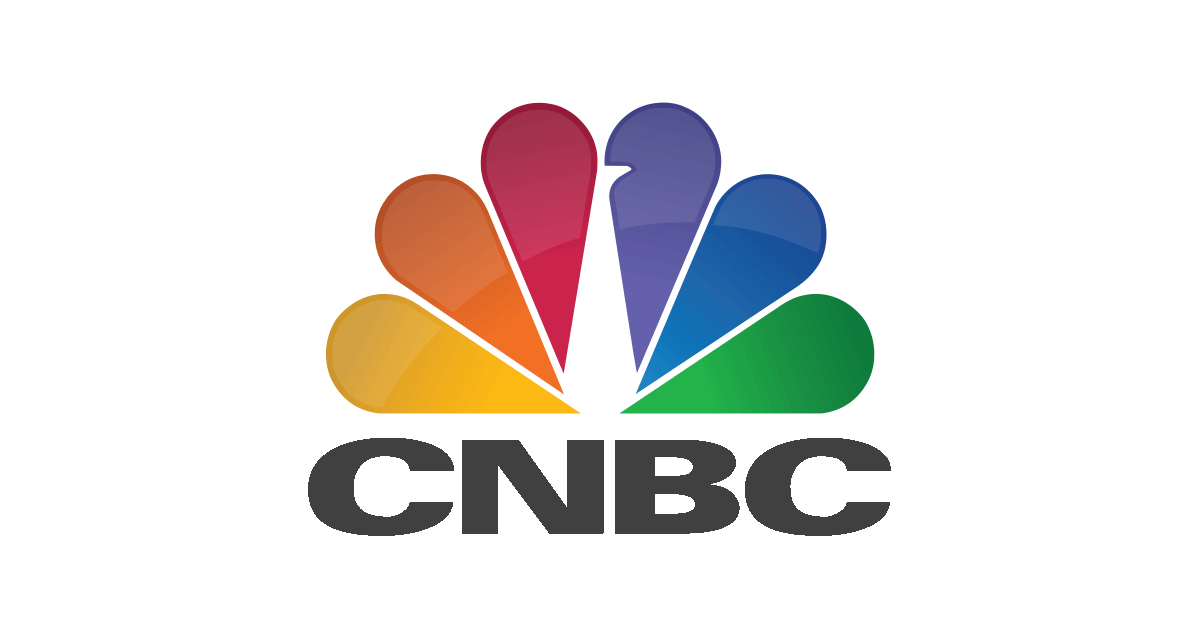(Repeats April 18 column with no changes. John Kemp is a Reuters market analyst. The views expressed are his own)
* Chartbook: https://tmsnrt.rs/2DkAtvP
LONDON, April 18 (Reuters) – The U.S. economy hit a soft patch during the first three months of the year with manufacturing output up only slightly compared with the same period a year earlier and freight movements mostly down.
U.S. manufacturing production was up by just 1.8 percent in the three months from January to March compared with the first quarter of 2018, down from 3.5 percent growth in the July-September period.
Road freight volumes were up 4.6 percent year-on-year in December-February, down from 8.3 percent growth in April-June last year, according to figures compiled by the American Trucking Associations.
Containerised rail freight was up by just 1.2 percent in December-February, down from more than 6 percent growth in July-September, according to the Association of American Railroads.
More recent data suggests rail freight shrank by almost 2 percent in the first quarter of 2019 compared with the same period in 2018 with declines in both bulk and containerised movements.
The number of containers handled by the Port of Los Angeles, the busiest cargo facility on the west coast, which handles trans-Pacific trade, was down by 1 percent in the first three months of the year.
Containers handled at the Port of Long Beach, the other main Pacific gateway, and subject to less month-to-month volatility, were down by more than 7 percent in January-March compared with 2018.
Manufacturing employment was still 1.9 percent higher year-on-year in January-March, but job creation is no longer accelerating and shows signs of turning over (https://tmsnrt.rs/2DkAtvP).
On every real-time metric, manufacturing activity lost momentum in the final quarter of 2018 and extending throughout the first three months of 2019, after expanding very rapidly earlier in 2018.
FED IN FOCUS
The current slowdown resembles the summer of 1998, when a similar loss of momentum prompted the Federal Reserve to cut interest rates by 75 basis points between September and November.
Policymakers have given no indication they will respond the same way this time, but if there is no sign of re-acceleration by the end of June, the central bank is likely to cut rates at least once in the second half of the year.
“Incoming data have revealed signs that U.S. economic growth is slowing somewhat from 2018’s robust pace. Prospects for foreign economic growth have been marked down, and important international risks … remain,” Fed Vice Chair Richard Clarida warned this month (“U.S. economic outlook and monetary policy”, April 11).
Clarida’s language is not much different from the Fed’s observations a few months before cutting interest rates in 1998: “Information reviewed at this meeting suggested that the expansion in economic activity has slowed considerably after a very rapid advance in the first quarter”, the rate-setting Federal Open Market Committee concluded at the start of July 1998.
Clarida has drawn an explicit parallel between the Fed’s precautionary interest rate reductions in 1998, which staved off a feared recession, and the Fed’s options in 2019 (“Global shocks and the U.S. economy”, March 28).
Soft patches often draw heightened scrutiny of incoming data from the members of the Federal Open Market Committee and usually prompt a willingness to contemplate precautionary monetary easing, cutting interest rates early by a small amount to avert the need for deeper reductions later.
Yield spreads for U.S. Treasury securities maturing in the second half of the year show traders pricing in a relatively high probability interest rates will fall before the end of 2019.
U.S. core consumer price inflation excluding volatile food and energy items seems to have peaked and turned lower since the start of the year, likely reflecting the loss of economic momentum.
Slower inflation will give the central bank more scope for a precautionary cut in interest rates if necessary to avert a deeper and longer slump.
KEY QUESTIONS
The first critical question is whether the U.S. economy will pull out of its doldrums on its own or require assistance from monetary and fiscal policymakers.
Optimists point to continued growth in employment and real incomes, as well as the prospect of a trade deal between the United States and China, as reasons why the economy will accelerate again later in the year.
Pessimists point to the likelihood of continued trade tensions even if an agreement is concluded, which is part of a more unsettled landscape for businesses and consumers worldwide, depressing consumption and investment.
Pessimists can also point to the existence of positive feedback mechanisms in the economy, which tend to fuel booms, but can also accelerate the descent into a recession once the economy starts to falter.
In other words, accelerating growth tends to beget a further acceleration, but a slowdown tends to beget a deeper one, unless policymakers intervene to modify the course of the economy.
If there is a continued slowdown, and the Fed responds with a precautionary relaxation of monetary policy, the second critical question is whether it will be enough to avert a long and deep slowdown.
The buoyancy of bond, equity and oil markets suggests traders see a relatively high probability of the Fed cutting interest rates but believe it will be enough to keep the economy expanding through the rest of 2019 and 2020.
Related columns:
– Next U.S. recession is likely to be shorter and milder (Reuters, March 26)
– Fed wrestles with signs of a slowing economy (Reuters, March 22)
– Oil and equities prepare to party like it’s 1999 (Reuters, March 19)
– Fed’s next move more likely to be cut in interest rates (Reuters, March 7) (editing by David Evans)





Be First to Comment